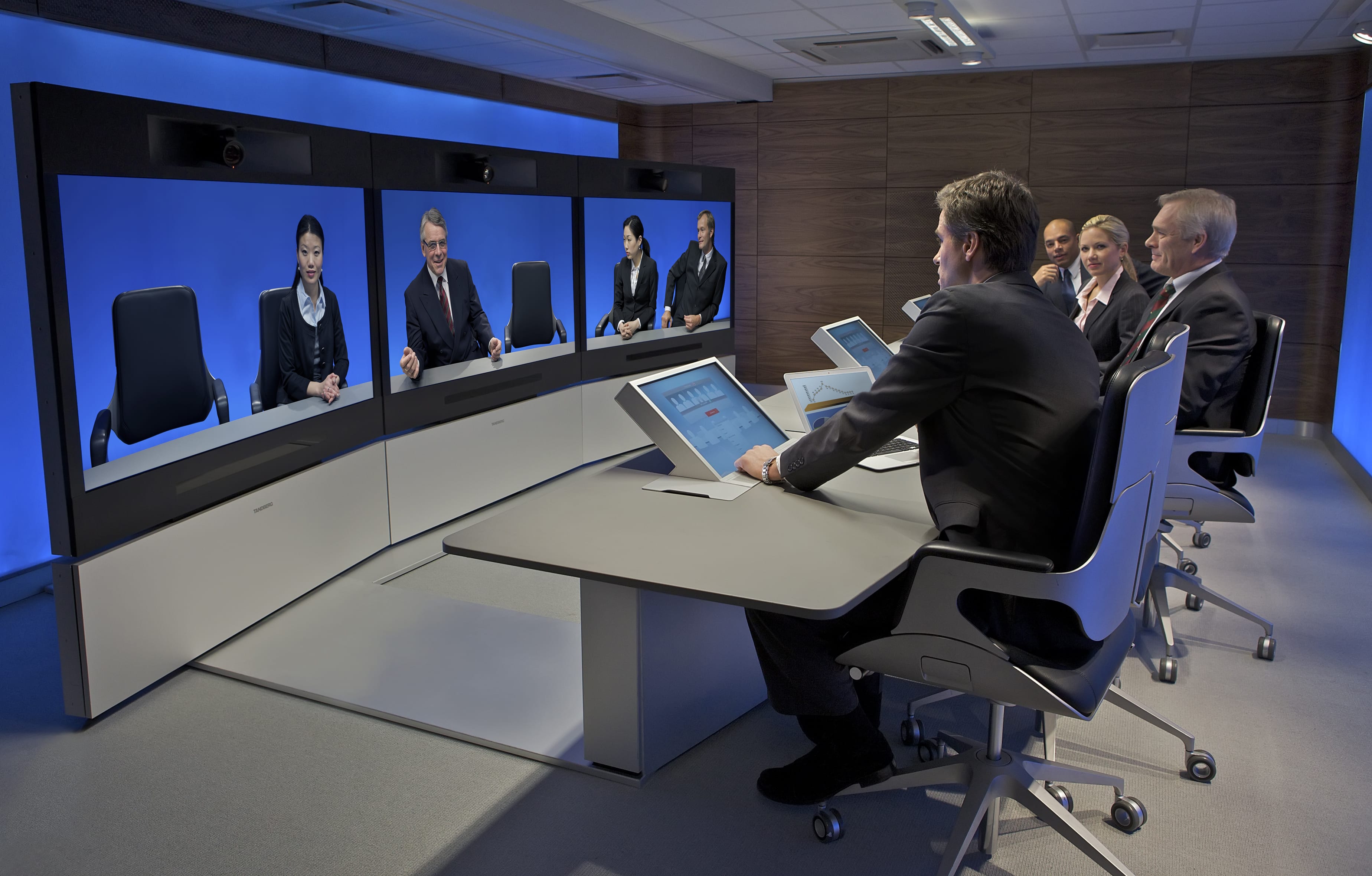THE scientists at Conseil Européen pour la Recherche Nucléaire (CERN), an international organisation for physics research that gave birth to the World Wide Web, has gone beyond people’s expectations when it comes to video conferencing.
A single face to face meeting over the Internet in CERN may include hundreds of people. At over 300 video conferencing sessions a day, 20,000 CERN-affiliated scientists scattered in institutes all over the world are communicating with each other.

The huge scale and effectiveness of video conferencing at CERN indicates the great strides made in technology that has for years been out of reach for many organisations – the futuristic Holy Grail.
The market for corporate video conferencing seems to have finally exploded. Across diverse industries, from healthcare to higher education, video conferencing has gone from the stilted experience of a telephone with a screen, to become an integrated, smooth part of Internet communication that businesses are fast learning different ways to use.
Today, video conferencing users can enjoy the services on the go from their mobile devices, and jumping over the hurdles presented by different devices and systems as it continually transitions from hardware to software to cloud computing.
Worldwide, companies have spent around $2.6 billion on video conferencing network hardware and room systems – the figures do not include software or cloud services. Below is a look at the various options that are now available for organisation looking to implement video conferencing at the office or on the fly.
The Video Conferencing Room
Pricey and flashy room systems have long been common deployments of video conferencing systems in the workplace. Such setups are still part of the executive conference room – with huge flat screens, speaker and microphone devices on a table and a single video camera perched on the wall. The final price tag of such setup may run into hundreds of thousands of dollars.
Video room systems are extremely high quality. The quality of both video and audio combine to offer the impression that all participants are in a single room. The two basic display types available for video conferencing are projectors or flat screens.
Projectors cover wider areas than the flat screen. However, you need to consider that glare from windows or overhead lighting may affect the image quality projected. In rooms that are too bright, the only solution is to use projectors with very high lumens, which are expensive and might not be economical in some companies. In addition, such projectors have loud fans, which may affect the audio quality of your online meeting. The alternative is flat plasma or LCD screens that work in evenly lit rooms.
The other solution is to put up dual monitors for high-production desktops. Dual monitors offer good quality video conferencing experience as they allow the host to put the agenda, shared items and videos on separate monitors. Additionally, using multiple monitors helps mimic the in-person meeting, or helps put more emphasis on the primary speaker.
The Software-Only
For companies with no interest in configuring video rooms or lack the budget to acquire the special equipment required, many services are now selling as software download. All that the user requires is a camera, microphone, speakers and a high-speed Internet connection – all these are available on smartphones, laptops, tablets and desktops.
Software-only video conferencing systems allow participants to participant in online experiences with others from any location worldwide. Users connect from work or home as long as they have an active Internet connection. The software downloaded can be used for recording podcast or vodcast and uploaded to a website for other team members to download the video later.
The Cloud-Based
In addition to video conferencing systems that rely solely on software or the end user’s hardware, the third model involves no download of software, but cloud computing. For example, the cloud-based Blue Jeans online conference service provides users with an instant scalable and easy platform.
With no hardware or software requirements, users get:
- Instant deployment
- Reduced IT costs since there are no in-house software or hardware to manage
- A secure end-to-end connection for all cloud meetings
- No expensive maintenance updates and contracts
- Global distribution of architecture
Users can join an online meeting session using Web browsers on their computers or apps on their smartphones and tablets. Cloud Blue Jeans Online conference services are proving to be efficient, robust and cost-effective alternatives to premises based technologies. In addition, they help level the playing field between SMBs and large enterprises by making high-end communications technology affordable and accessible.
Now corporations can take advantage of the various video conferencing options available to get rich video interactions. They can benefit from hosted services and ultimately see a marked improvement in collaboration, increased productivity, enhanced business relationships that offer demonstrated ROI and improved business bottom line.








